Root-to-Stem: Your Guide to Using Every Part of Your Vegetables (and Reducing Food Waste!)
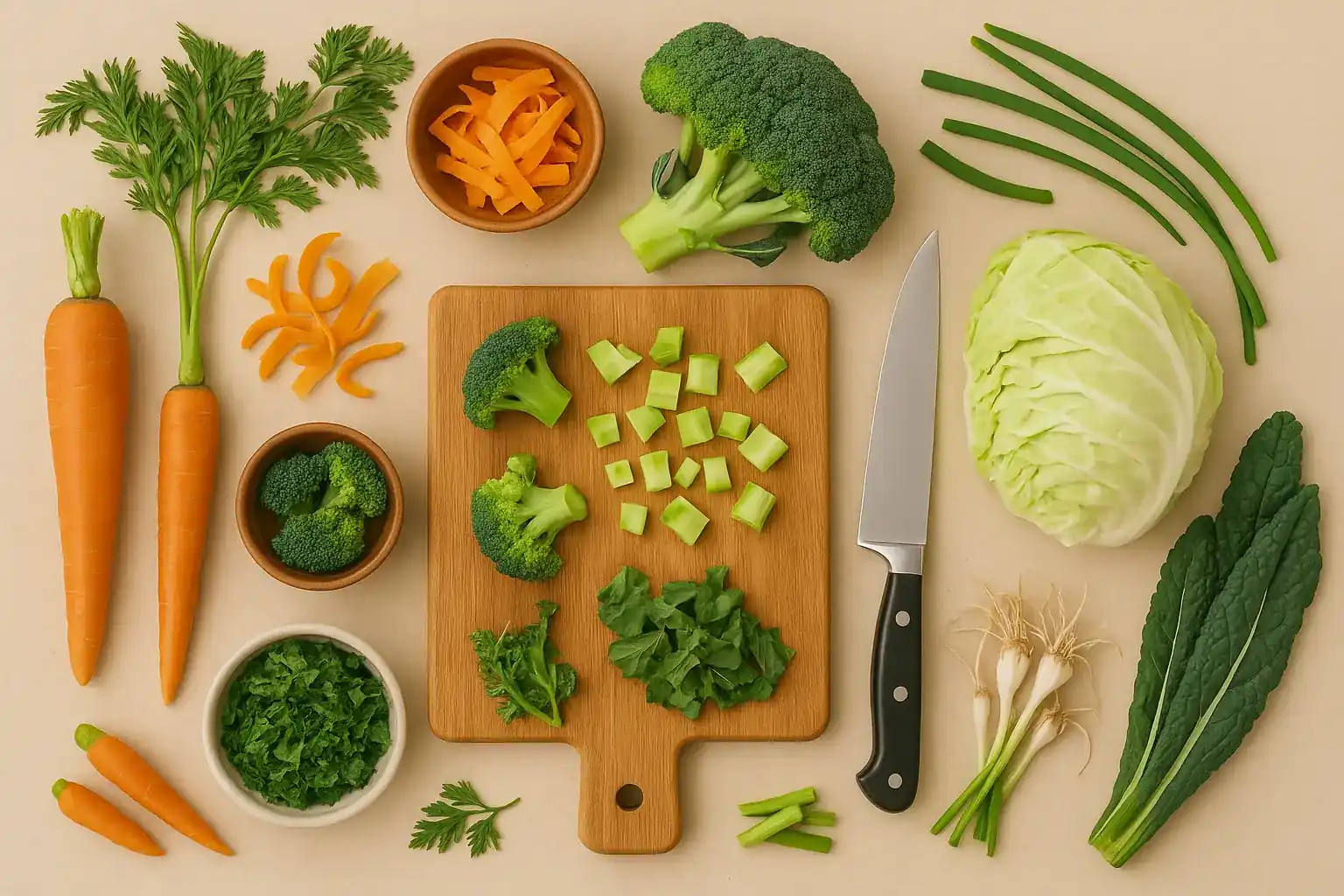
We often picture food waste as forgotten leftovers growing fuzzy in the back of the fridge. But a significant amount of food waste happens before food even hits the plate, simply because we discard perfectly edible and often delicious parts of vegetables out of habit or lack of knowledge. Think broccoli stems, carrot tops, kale ribs, or corn cobs.
These "scraps" often hold surprising flavor and nutrients. By learning how to use the whole vegetable – from root to stem, leaf to peel – you not only reduce the amount of food heading for the bin but also discover new culinary possibilities, save money, and get more value from the food you buy.
This practice, often called "root-to-stem" cooking, is a core principle of a zero-waste kitchen and a powerful way to make your cooking more sustainable. Ready to unlock the hidden potential in your vegetable scraps?
The Hidden Value in Vegetable Scraps
Why should you bother using these parts?
- Reduce Food Waste: Directly prevents edible food from being discarded.
- Save Money: You're getting more edible food for the price you paid.
- Boost Nutrients: Often, peels, stems, and leaves are packed with vitamins and fiber.
- Enhance Flavors: Many scraps add depth and complexity to dishes, particularly stocks and sauces.
- Discover New Textures: Broccoli stems offer a crisp texture, kale ribs become tender when cooked properly.
Your #1 Power Move: Making Vegetable Stock!
If there's one habit to start, it's saving vegetable scraps for stock. This is the ultimate use for a wide variety of clean peels, ends, and pieces you might otherwise discard.
- How to Do It: Keep a large zip-top bag or container in your freezer. Throughout the week, add clean, raw vegetable scraps like:
- Onion and garlic skins & ends (add great color and flavor!)
- Carrot peels and ends
- Celery ends and leaves
- Leek tops (the dark green parts)
- Hardy herb stems (parsley, thyme, rosemary - avoid tender basil or cilantro stems for stock)
- Mushroom stems
- Corn cobs (adds sweetness)
- Bell pepper tops and seeds
- Broccoli stalks and cauliflower cores
- What NOT to Add: Avoid adding scraps from strong-flavored vegetables like cabbage, Brussels sprouts, or broccoli leaves (they can make stock bitter or strong-smelling). Avoid potato peels unless organic and very clean (can make stock cloudy). Avoid anything moldy or rotten.
- Making the Stock: Once your bag is full, transfer the frozen scraps to a large pot. Cover generously with water. Add a bay leaf, a few peppercorns, and maybe a splash of apple cider vinegar (helps extract minerals). Bring to a boil, then reduce heat and simmer for 45-90 minutes. Strain out all the solids (compost them!), and you're left with a flavorful, free vegetable broth to use in soups, stews, sauces, or for cooking grains.
Eating Your Scraps: Delicious Ways to Use Stems, Leaves & Peels
Many parts can be eaten directly, sometimes with a little preparation:
- Leafy Tops (Carrots, Radishes, Beets):
- Use them like greens: Sauté with garlic and oil for a quick side dish.
- Pesto Power: Carrot tops make a delicious pesto! Combine washed tops with nuts (walnuts or cashews), garlic, olive oil, and nutritional yeast or Parmesan. Radish tops can also be used in pesto, often with a slightly peppery bite.
- Add to Salads: Tender radish or young beet greens can be added raw to salads.
- Stems & Stalks (Broccoli, Kale, Chard, Herbs):
- Broccoli Stems: Don't toss them! Peel the tough outer layer, then slice or chop the tender inner core. Add them to stir-fries (they cook faster than the florets), soups, or slice thinly for a crunchy addition to slaws.
- Kale & Chard Ribs: These hardy stems are packed with nutrients. Don't throw them away! Chop them into small pieces and sauté them in a pan for a few minutes before adding the leaves. They'll soften up and add texture to your dish.
- Cilantro & Parsley Stems: These stems are full of flavor! Don't just use the leaves. Finely chop the stems and add them to the beginning of cooking for sauces, curries, stir-fries, or salsas. They soften nicely.
- Peels & Roots (Potatoes, Sweet Potatoes, Squash, Onions, Garlic):
- Potato & Sweet Potato Peels: If well-washed (especially if organic), potato and sweet potato skins can be roasted until crispy for delicious, nutrient-rich "chips." You can also add clean potato peels to your vegetable stock.
- Onion & Garlic Skins: Perfect for stock (as mentioned above), adding color and a deeper flavor base without overpowering the broth.
- Cores (Cauliflower, Broccoli):
- Cauliflower Core: The inner core is perfectly edible! Simply chop it up and add it to your roasted cauliflower, curries, or gratins.
- Broccoli Core: As with the stem, peel and chop the core to use in stir-fries, soups, or slaws.
Flavor Boosters for Broth & Beyond
Some scraps might not be ideal for eating directly but are fantastic for infusing flavor:
- Corn Cobs: After you've enjoyed the kernels, simmer the cobs in water to create a sweet, flavorful corn stock perfect for chowders, risottos, or corn-based soups.
- Bell Pepper Tops & Seeds: Add these to your vegetable stock bag in the freezer for a subtle peppery note.
Important Tips Before You Start
- Wash Thoroughly: Always wash vegetables and their parts thoroughly, especially if you plan to use peels or outer leaves.
- Organic is Great (But Not Strictly Necessary): If you're using peels, opting for organic vegetables reduces your concern about pesticide residues, but thorough washing is key regardless.
- Avoid Moldy or Rotten Parts: If a part is slimy, moldy, or smells bad, into the compost bin it goes (or the trash if you don't compost). Only use fresh, clean scraps.
- Store Scraps Properly: Use dedicated bags or containers in the fridge (for a few days) or freezer (for longer storage) to keep your scraps organized and fresh until you're ready to use them.
Using every part of your vegetables is a rewarding step towards reducing food waste, saving money, and adding new dimensions to your cooking. It encourages creativity and a deeper connection to the food you prepare.
Start small this week! Pick one type of vegetable scrap you usually discard – maybe broccoli stems or carrot tops – and try one of these tips. You might be surprised at the delicious results and the satisfaction of wasting less. Happy cooking, from root to stem!
Related Blogs
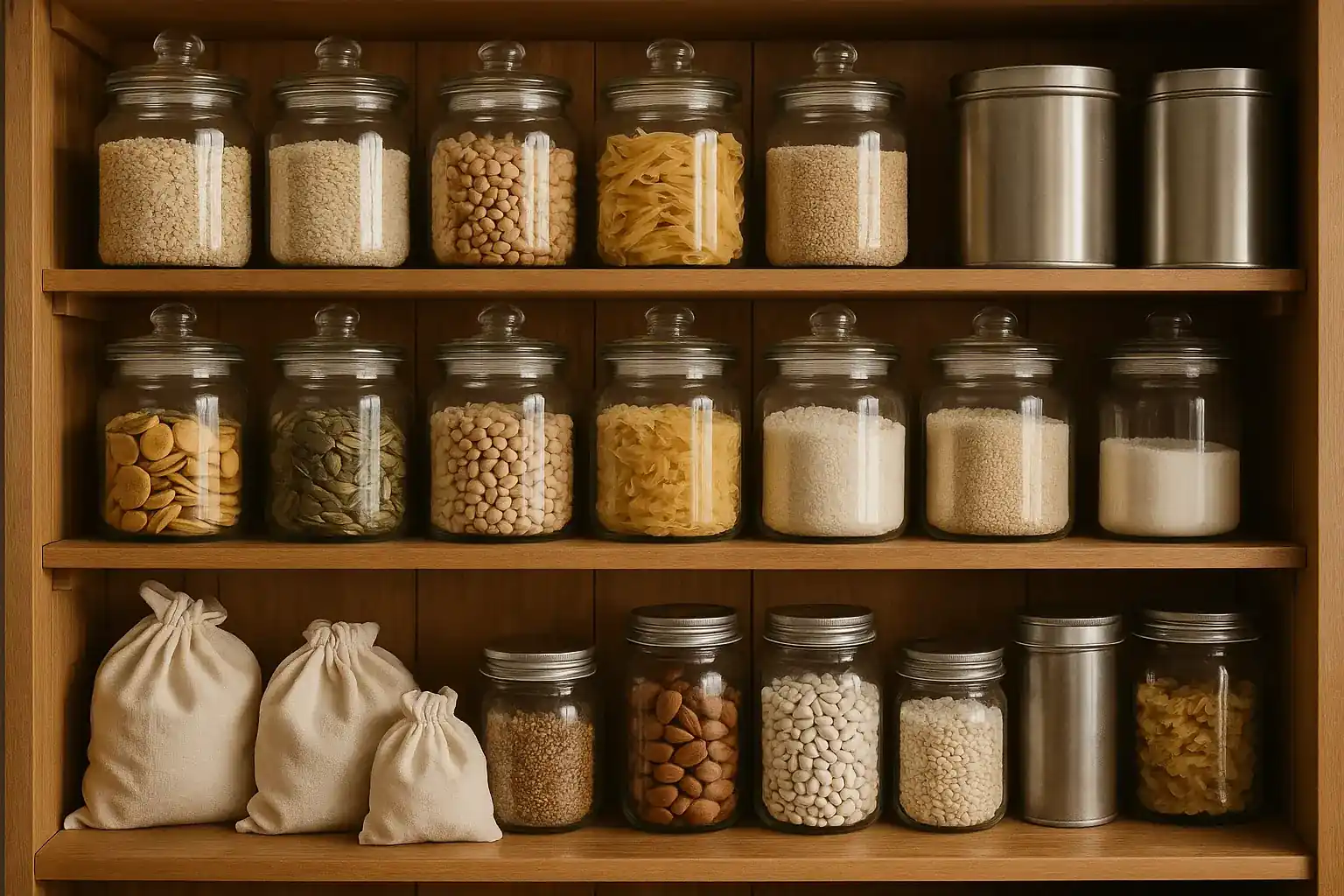
Say Goodbye to Single-Use: 10 Easy Swaps for a Plastic-Free Pantry
Insights on 10 easy swaps for a plastic-free pantry in a sustainable way.
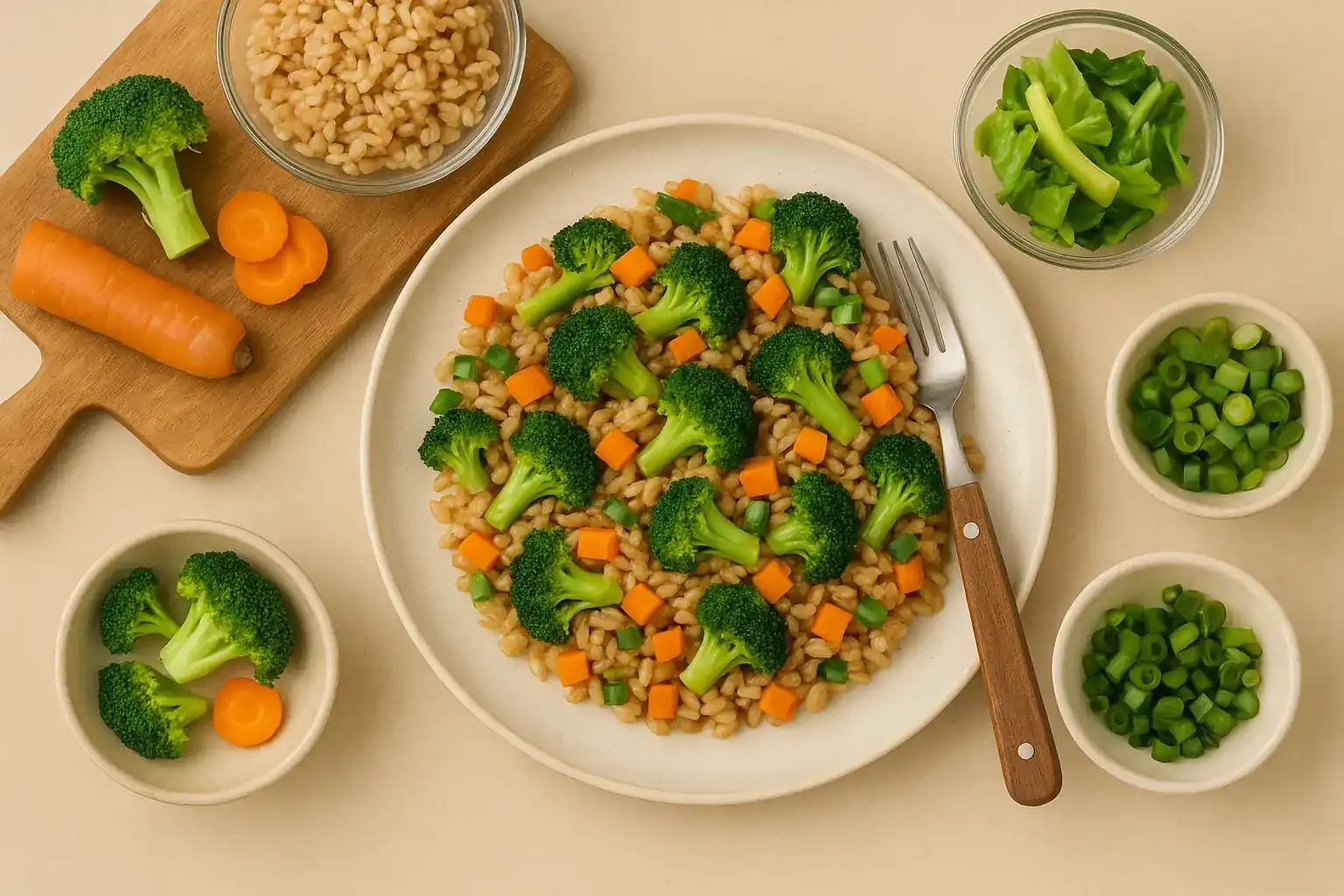
A Week of Delicious Transformations: Zero-Waste Recipes Using Your Leftovers
Insights on a week of zero-waste recipes using leftovers in a sustainable way.
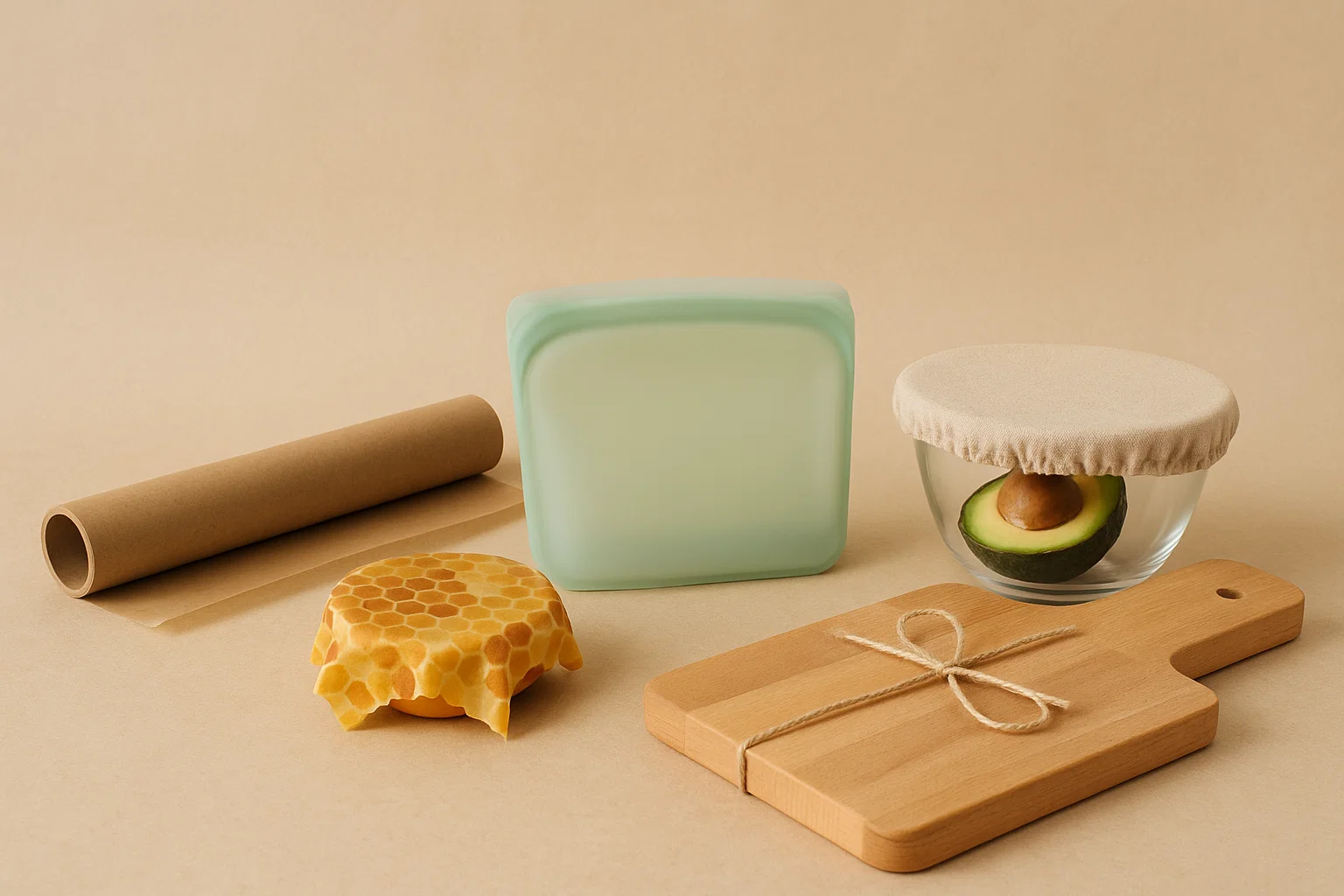
Beyond the Foil: Reusable Alternatives for Sustainable Baking and Food Storage
Opt for reusable silicone baking mats, covered bakeware, and beeswax wraps instead of aluminum foil.

Brew Better, Waste Less: Sustainable Alternatives to Single-Use Coffee Pods
Lower waste and enjoy better flavor with reusable pods, French presses, or Moka pots.
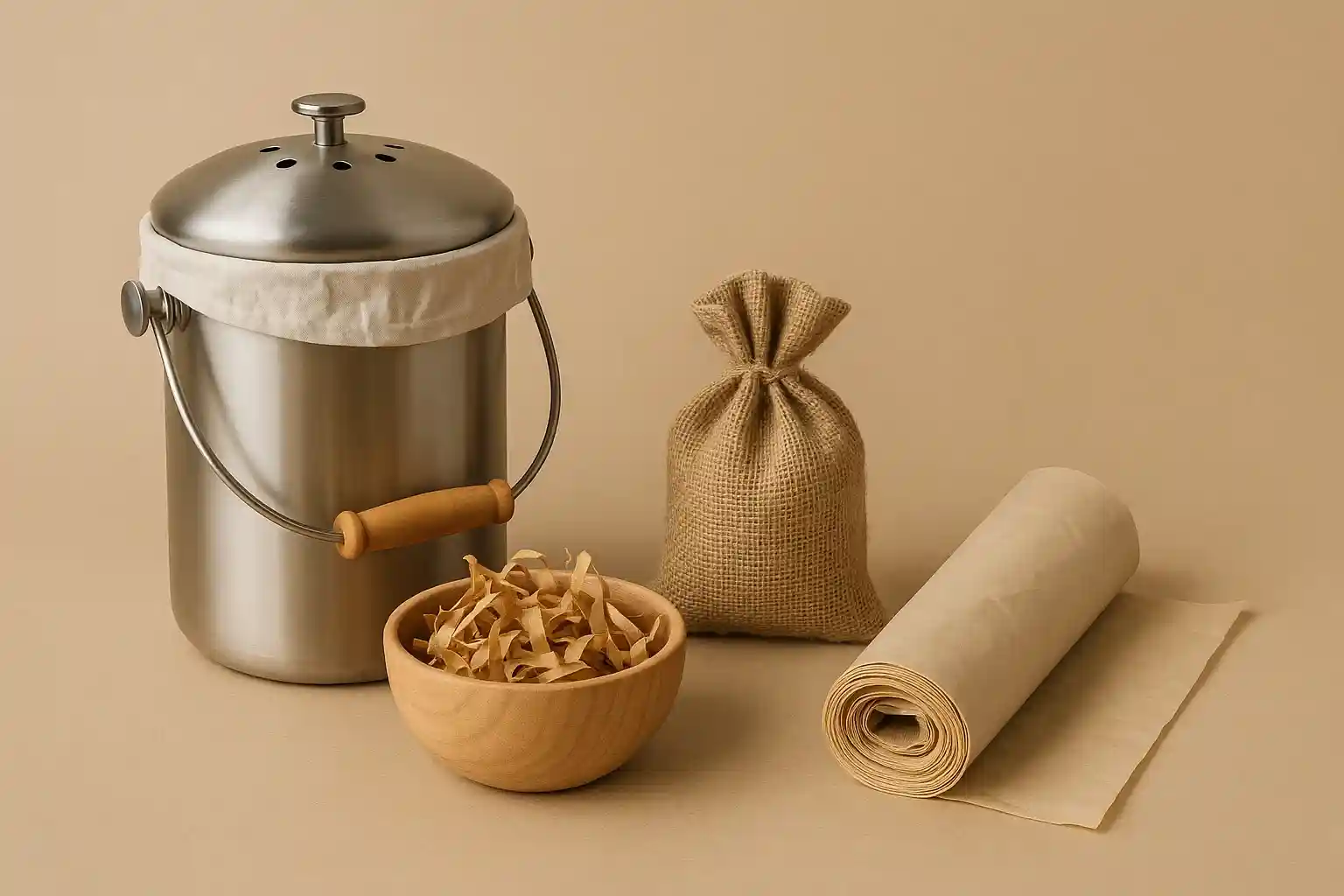
Compost Without the Carry-On: Sustainable Alternatives to Store-Bought Compost Bags
Reduce unnecessary plastic in composting with newspaper liners, bag-free bins, or DIY liners.

Compost Happens (Even in Apartments!): Your Beginner's Guide
Practical advice and actionable tips for composting 101.
Stay in the Loop
Get tips and insights tailored to your interests — no spam, just sustainability.